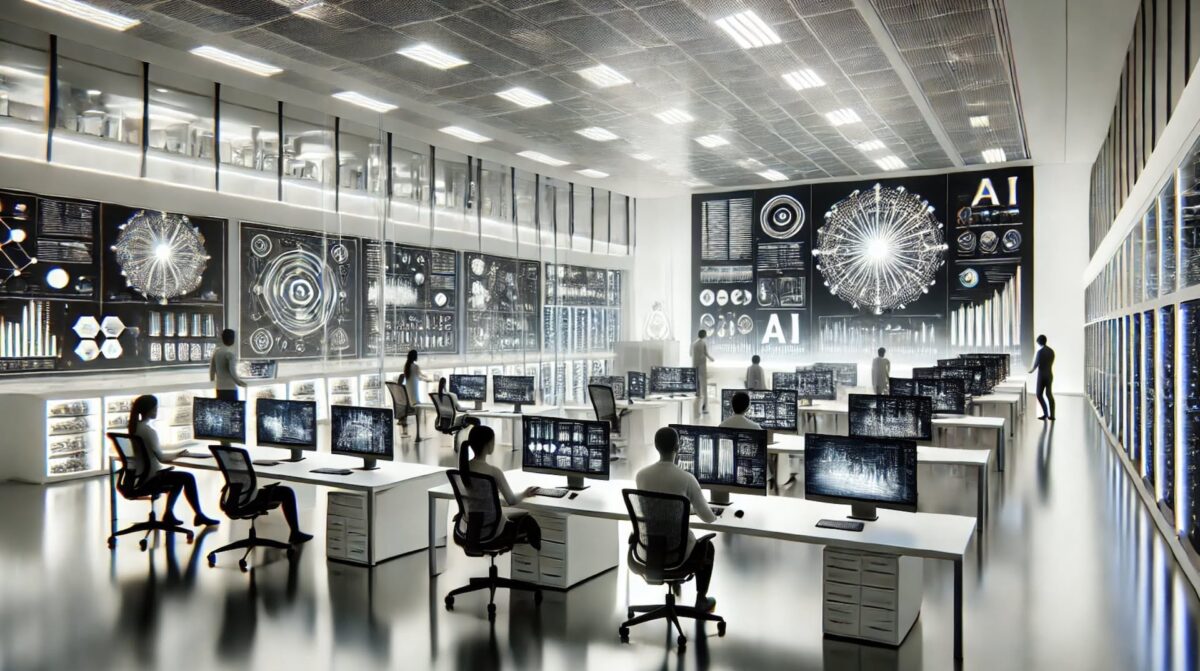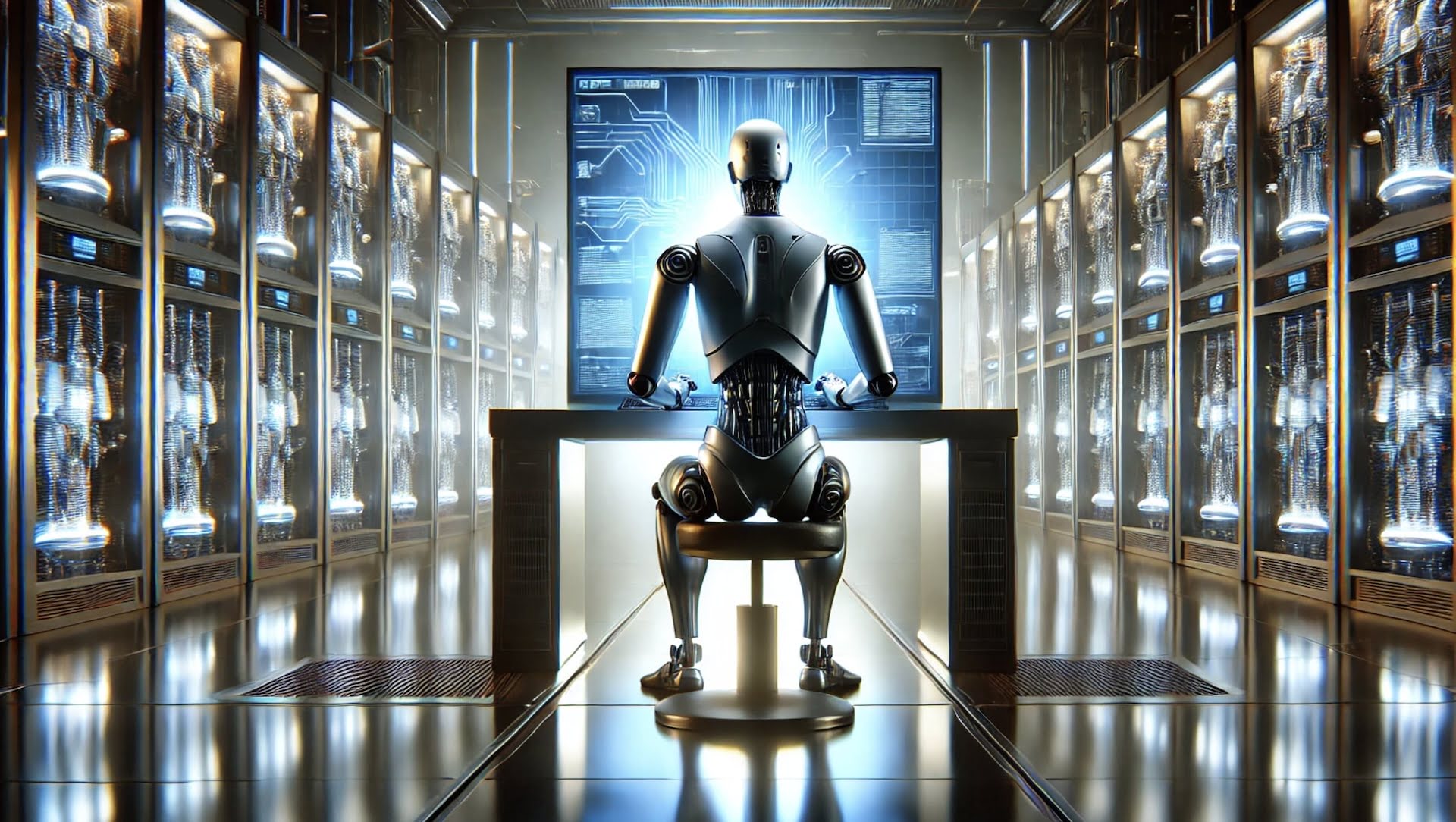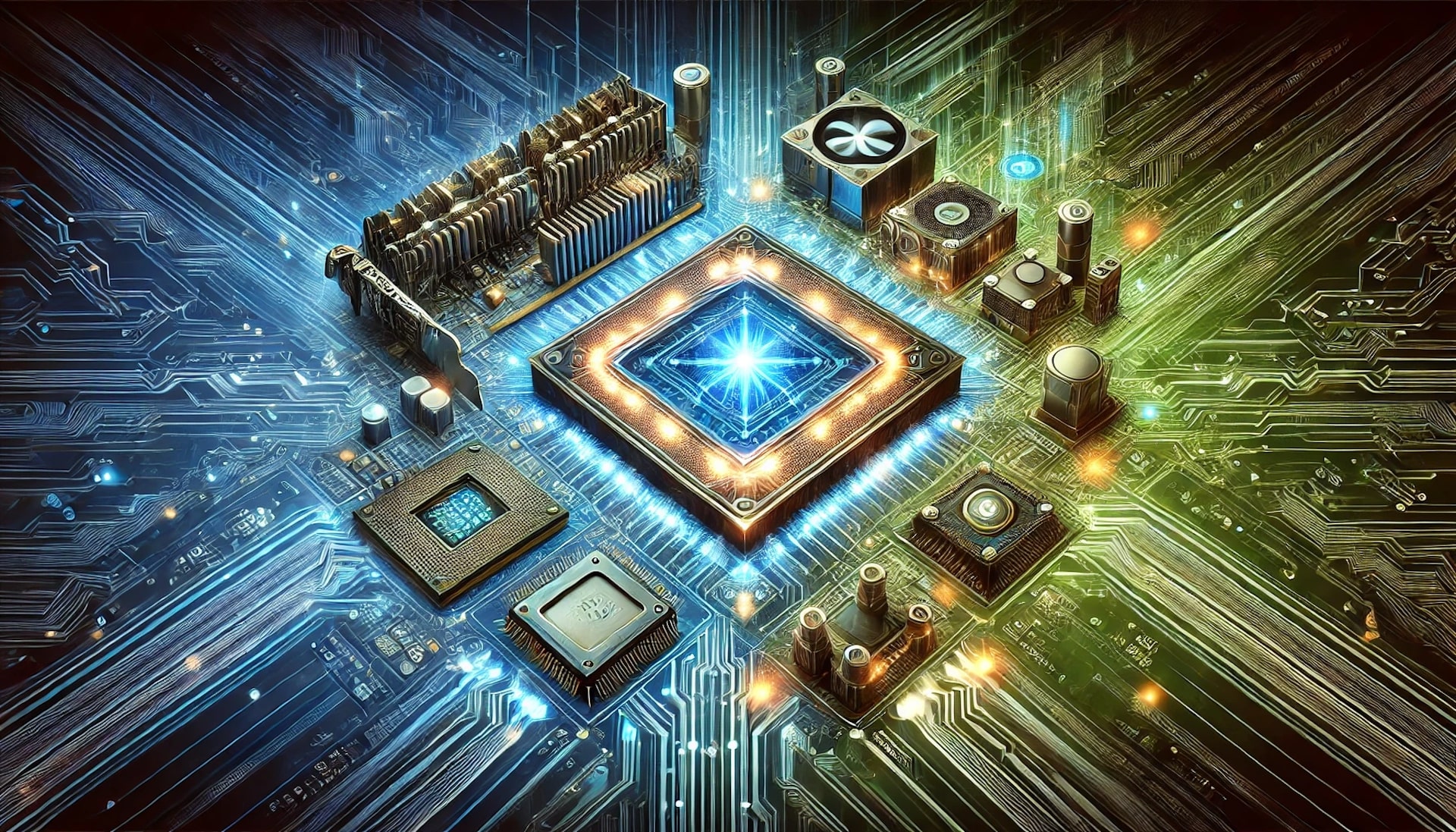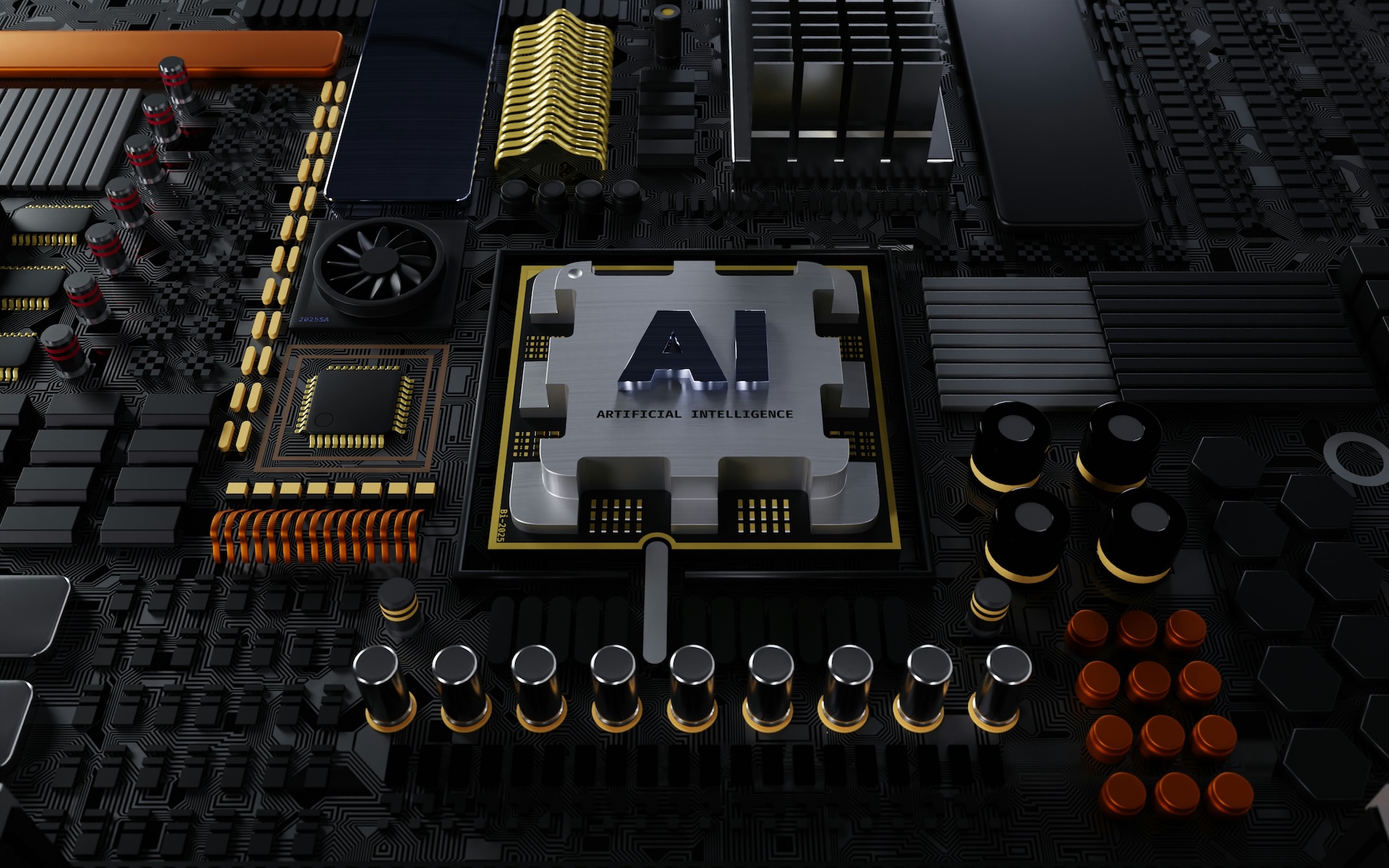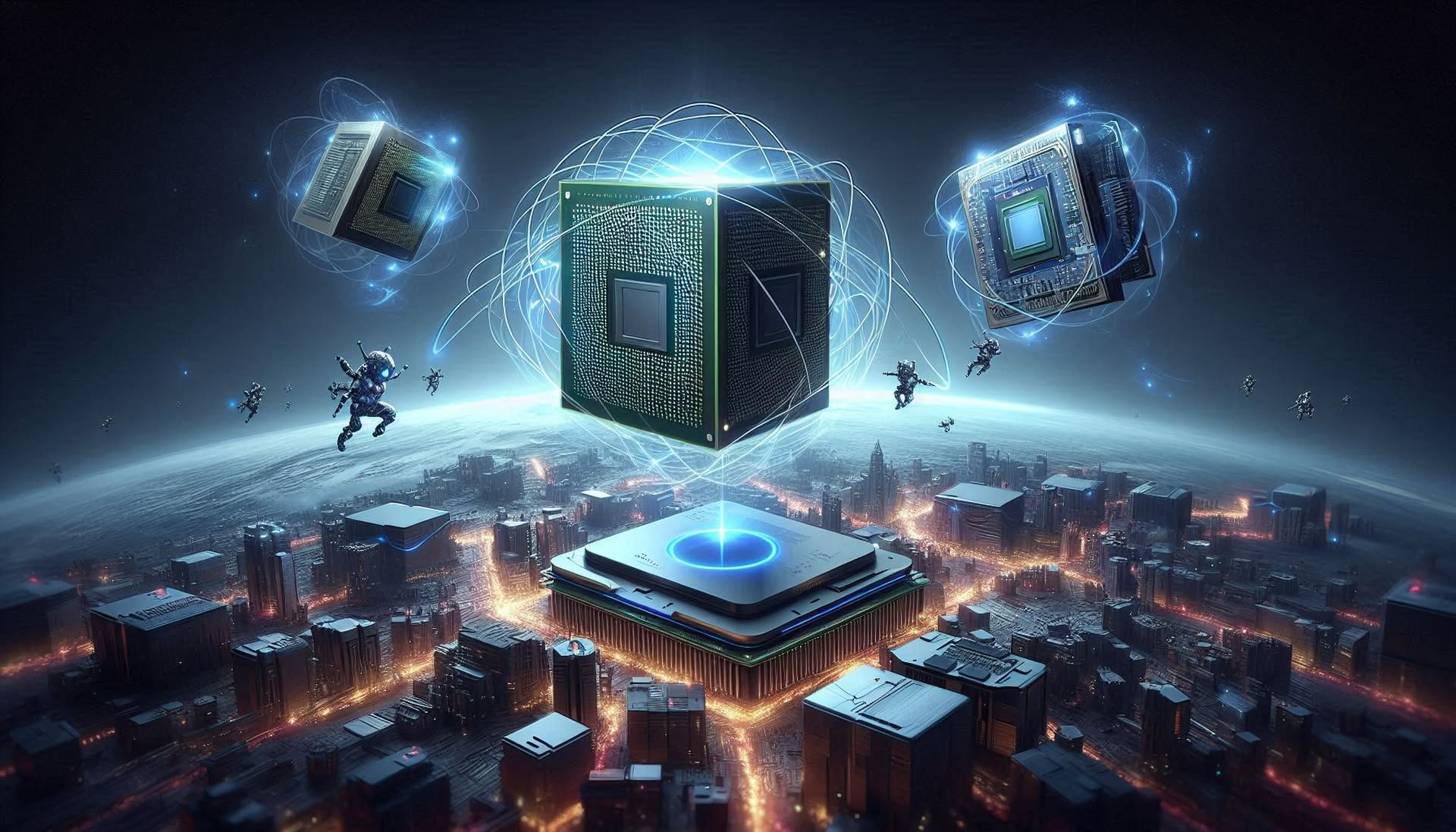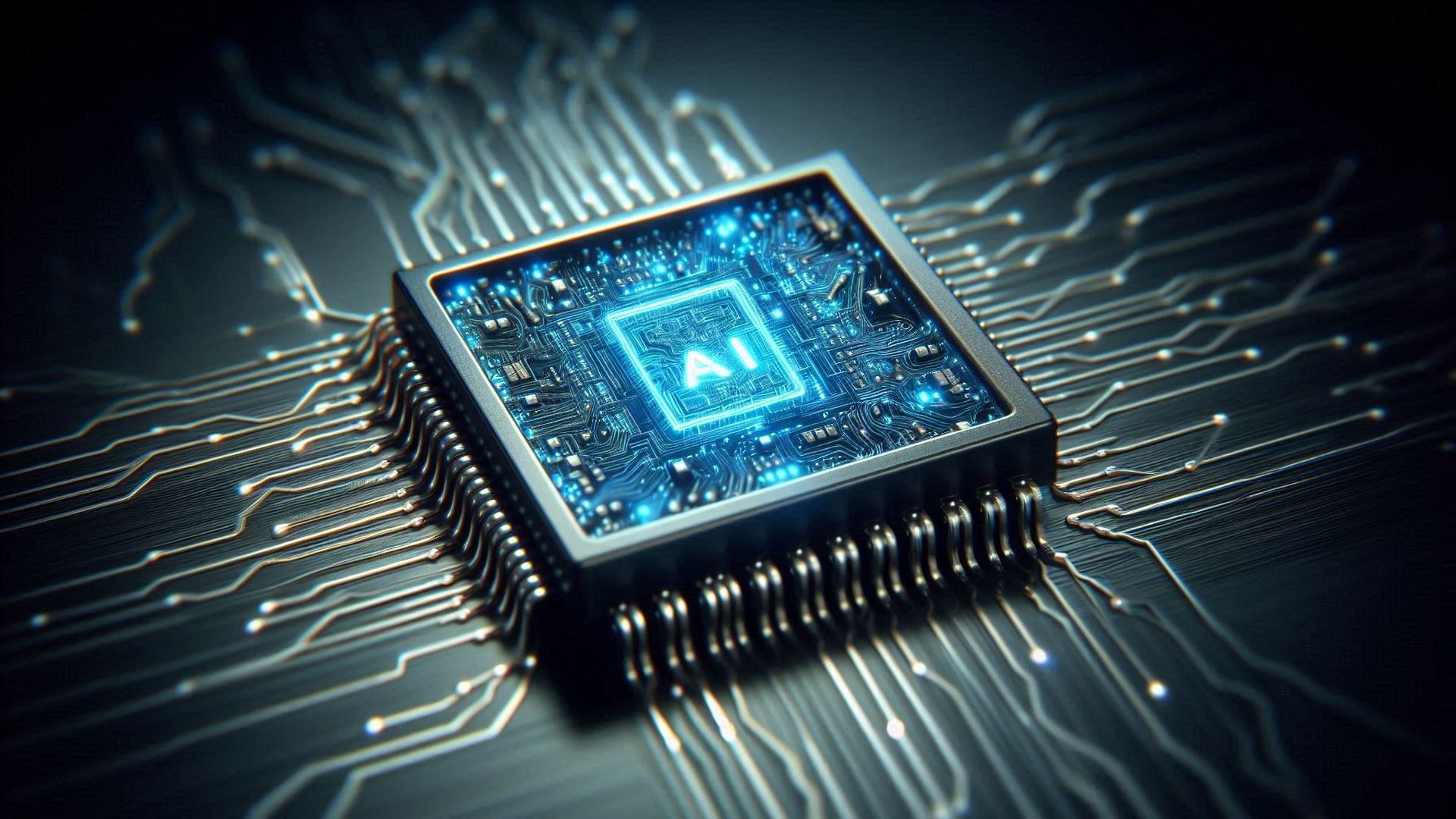What is AI optimized hardware and why should people care about it? It is pretty much everywhere and looks like we will hear about it even more in the near future.
Artificial intelligence is changing the way we use technology every day. At the heart of this change are AI optimization and AI-optimized hardware, which improve how machines perform. If you want to learn more about them, you can check out our AI hardware guides. For now, let’s stick with what AI optimization is!
What is AI optimization?
AI optimization makes artificial intelligence (AI) programs work better, faster, and more efficiently. This process is vital for companies that want to use digital tools smoothly in their day-to-day operations. By improving AI, businesses can tailor technology to support users better, which leads to faster technology adoption and greater satisfaction.
In AI optimization, technologies like Natural Language Processing (NLP), Machine Learning, and Predictive Analytics are key. NLP helps machines understand and use human language, essential for tasks like analyzing feelings in text or generating new text. Machine learning processes big data sets to find patterns and make predictions, helping businesses understand user behavior. Predictive analytics uses past data to predict future events, helping marketers to make smarter decisions and create content that resonates more with audiences.
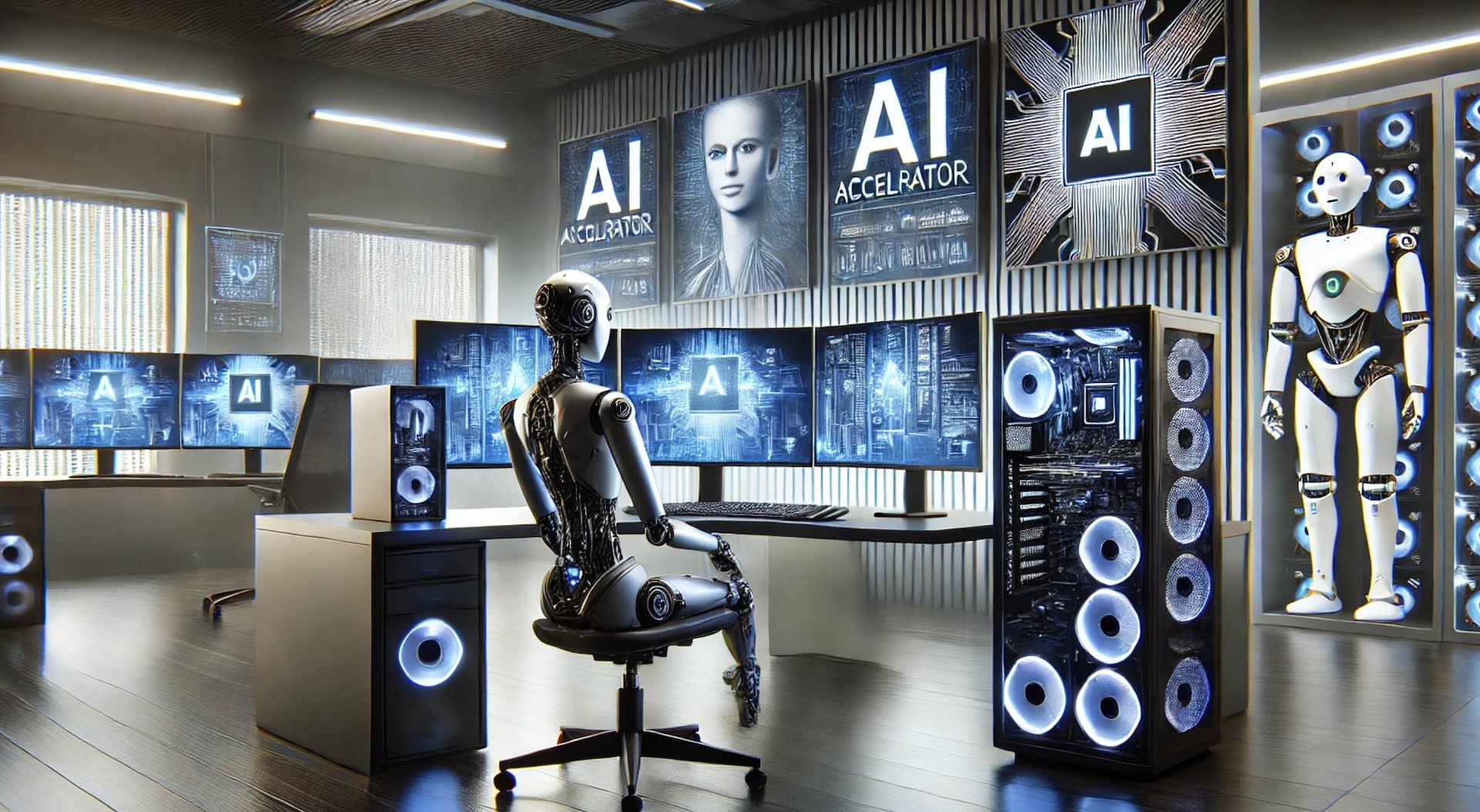
What is AI Optimized Hardware?
AI-Optimized Hardware consists of computer parts that are specially designed to handle AI tasks much better than ordinary hardware. This includes AI accelerators such as GPUs (Graphics Processing Units), TPUs (Tensor Processing Units), and other special processors that speed up AI applications. These components are important in areas like machine learning, neural networks, and computer vision.
Many people ask what hardware is needed for AI. AI-Optimized Hardware typically focuses on faster and more efficient processing. It may use less precise calculations to speed things up, apply new architectures that are better at handling AI tasks, or use in-memory computing to process data faster. Using hardware that’s specially made for AI lets organizations run their AI applications much more effectively, improving how quickly they can analyze data, train models, and use AI in real time.
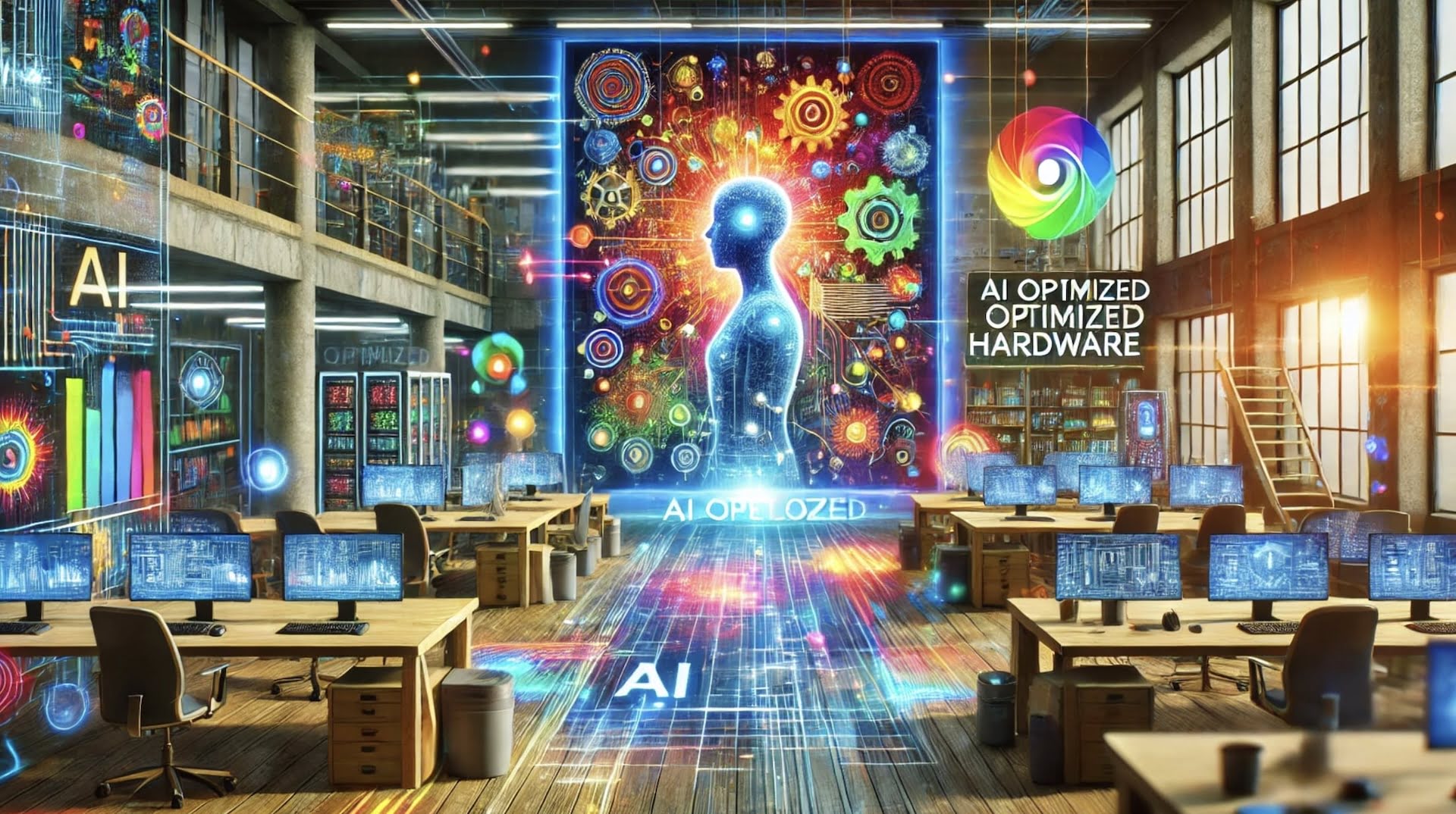
AI Optimized hardware examples
The main feature of powerful AI-optimized hardware is its processing capability, including various technologies like CPUs (Central Processing Units), GPUs, TPUs, for example Google’s TPUs, FPGAs (Field-Programmable Gate Arrays), and ASICs (Application-Specific Integrated Circuits). Each type of processor is useful for certain AI tasks. For example, GPUs are great for complex math needed in machine learning, while TPUs are tailored for quick tensor calculations used in deep learning. NPUs are also in the list too.
Memory and storage are also crucial for AI’s computational needs. Effective AI hardware needs strong memory solutions to efficiently handle large datasets and complex algorithms. Advances in RAM (Random Access Memory) and fast storage options like SSDs (Solid State Drives) help the system access and process data quickly, which is key for training AI models and performing real-time analytics.
We hope you found the answer you were searching for the “what is ai optimized hardware” question! With the right equipment and knowledge, we can enhance AI’s performance. As technology moves forward, knowing about these advancements is essential for anyone who wants to stay updated.
Featured image credit: Seekyt


